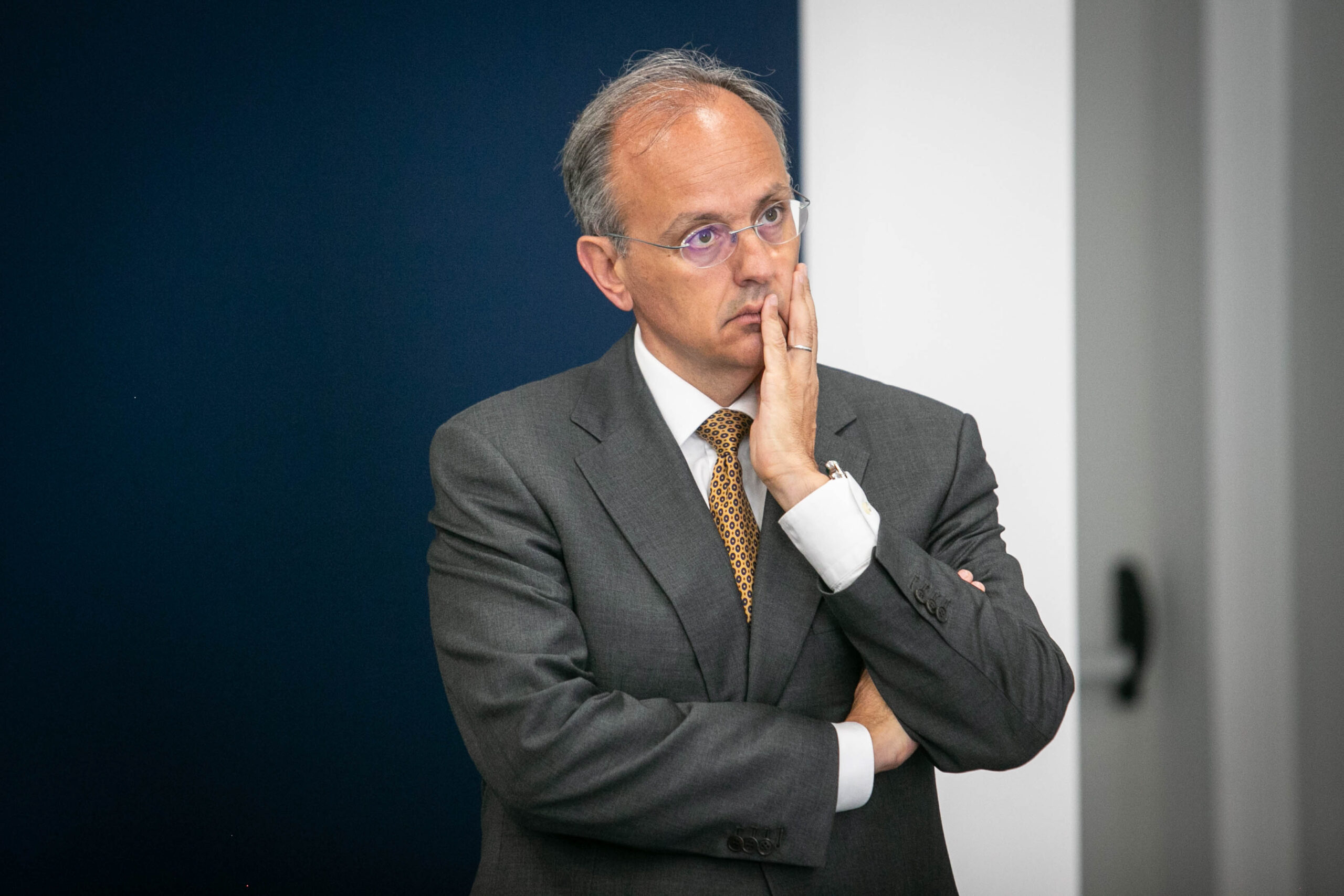This is why Avio will not celebrate autonomy on Vega C launches any time soon

Facts, numbers and comparisons on the consequences for Avio of the autonomous marketing of Vega C, the European light launcher designed and produced by the Italian company.
Avio will independently market the Vega C launches, but the Colleferro company led by Giulio Ranzo will only benefit from it in the medium-long term.
Analysts are convinced of this, as reported by Milano Finanza .
Let's take a step back: Italy, France and Germany agreed on the launches of Ariane 6 and Vega C at the ESA summit in Seville held on 6 and 7 November. The agreement opened the doors to the independent management of Vega C by the Italian company Avio in addition to the current agreements carried out by Arianespace. “A turning point for the pitcher, on which Italy achieved an important, significant result”, commented the Mimit note .
Arianespace is the company controlled by the Franco-German giant ArianeGroup that manages the European launchers Vega (produced by Avio, the Colleferro aerospace company led by Giulio Ranzo, in the photo) and Ariane (made by Arianegroup). Therefore France, through Arianspace, has had an exclusivity to market Vega, at least until now.
From now on, Avio will be able to independently market its Vega C launcher. But for Equita and Banca Akros, the benefits of autonomously marketing Vega C will not be immediate, MF notes.
All the details.
NEWS FOR LAUNCHERS FROM THE ESA SPACE SUMMIT IN SEVILLE
Among the many decisions taken at the Seville summit, some concerned important points of the Ariane 6, Vega C and Vega E programs.
For the first time in decades, the Old Continent does not have a launcher to bring its satellites into orbit. In addition to the withdrawal of Ariane 5, Ariane 6 has suffered delays and the debut has been postponed to next year while Vega remained stuck on the launch pad following the failure of the first commercial flight of Vega C on December 20th.
The main outcomes of the Council concern, among other things, the coverage, through additional financing, of part of the extra production costs deriving largely from the super-inflationary push that has emerged in the last 2 years in the Euro area, in particular for Ariane 6 up to 340 million euros per year and for Vega C up to 21 million euros per year; the opening of a tender in the European launcher sector through a specific competitive procedure by ESA to develop and demonstrate the launch capacity of new systems (up to 150 million euros); the progressive assumption by Avio, by mid-2024, of the functions of Launch Service Operator and Launch Service Provider of Vega C, i.e. the responsibilities of flight operations and marketing rights of Vega C, with the forecast of a agreement to be reached between Arianespace and Avio for the management of the 17 flights already contracted.
Furthermore, the destination for Vega C and Vega E, in the Kourou space center, has been established of a specific existing infrastructure which will be dedicated to the pre-integration of the launcher with the aim of increasing the annual launch frequency and the related attribution to Vega E of the launch pad previously used by Ariane 5.
GIULIO RANZO'S POSITION
The outcomes of the ESA ministerial council of 6 November “confirm the priority objective of preserving and consolidating Europe's autonomous access to space. They also establish an effective balance point between the necessary continuity of existing programs and openness to a new competitive scenario. In this context, Avio will continue and strengthen its commitment to guaranteeing increasingly reliable and competitive products in a rapidly growing market, thanks also to the support of institutions and industrial partners" stated Giulio Ranzo, CEO of Avio, commenting on the board of the ESA which was held in Seville.
THE OPINION OF EQUITY
For Equita "the green light received will allow Avio to increase margins by adding future ones from marketing to today's ones from production. Before this happens, however, the company led by CEO Giulio Ranzo will have to structure itself with a specific division, a move which will initially entail additional costs (even if not significant according to analysts)” reports MF .
BANCA AKROS' COMMENT
Instead, Banca Akros analysts “underline that it will take some time before the Colleferro company can derive concrete benefits from independent marketing. On the topic, Equita recalls how the Vega C backlog collected by Arianespace already covers launches until 2027-28, so we will have to wait between four and five years to see the first effects on Avio" MF further notes.
THE COMPETITION NODE
“Analysts add a significant risk to the considerations made: it will need to be clarified whether the concession made to Avio implies that Arianespace will focus on other partners in the medium/long term. For example MaiaSpace (it is a French project), which is developing an alternative launcher to Vega C, albeit with a lower payload capacity. This is why Equita does not change the hold rating on Avio and leaves the target price at 12.3 euros, while Banca Akros confirms the hold rating with a target price of 10 euros" concludes MF .
This is a machine translation from Italian language of a post published on Start Magazine at the URL https://www.startmag.it/economia/ecco-perche-avio-non-festeggera-tanto-presto-lautonomia-sui-lanci-di-vega-c/ on Mon, 13 Nov 2023 06:52:20 +0000.
